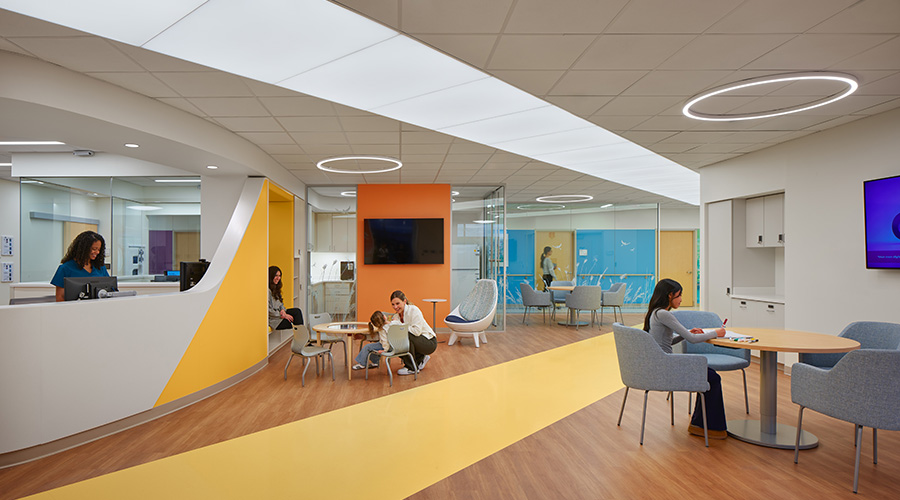Standing desks are becoming more popular, especially among younger workers. In fact, studies by Cornell University, published in October 2014, indicate that four out of five people prefer to work at adjustable, standing workstations.
They can also have health benefits. According to some studies, there is less risk of obesity, diabetes, cardiovascular disease, but as we shall discuss, if an anti-fatigue mat is not installed, these benefits might not be fully realized.
So, before jumping on the "standing revolution," here are a few things to be aware of:
Don't toss the chair. The best way to transfer to a standing workstation is to do it gradually. Continue to spend some time working at a desk initially and as needed.
Make it a habit. Related to the above, one way to gradually change to a standing workstation is to make some work activities standing only; for instance, stand when checking email or conducting Skype calls.
Don't look down. Often when employees work standing, they look down and stand too close to their laptops. The monitor should be at eye level and a foot or more away from the worker's standing position.
Numerous cords and wires can become a problem with a standing workstation. Try to go wireless for printing, scanning, speakers, etc.
"The Cornell study also found that many standing workers report 'significantly less musculoskeletal upper-body discomfort,'" says Adam Strizzi, marketing manager with Crown Matting Technologies. "But this is not necessarily true of lower-body discomfort."
In fact, reports of tired feet, leg and knee pain, and fatigue are commonly reported by workers who work standing. That's why Strizzi suggests that along with selecting a standing desk, workers should also select an anti-fatigue mat to go along with it.
"Anti-fatigue mats such as those made foams such as Zeldan, are specially designed to improve blood flow and reduce pain and fatigue for workers that stand for long periods. I would go as far as not even recommending working at a standing workstation unless an anti-fatigue mat has been installed," he concludes.

 Contaminants Under Foot: A Closer Look at Patient Room Floors
Contaminants Under Foot: A Closer Look at Patient Room Floors Power Outages Largely Driven by Extreme Weather Events
Power Outages Largely Driven by Extreme Weather Events Nemours Children's Health Opens New Moseley Foundation Institute Hospital
Nemours Children's Health Opens New Moseley Foundation Institute Hospital Code Compliance Isn't Enough for Healthcare Resilience
Code Compliance Isn't Enough for Healthcare Resilience Ribbon Cutting Marks First Phase Completion for New Montefiore Einstein Facility
Ribbon Cutting Marks First Phase Completion for New Montefiore Einstein Facility